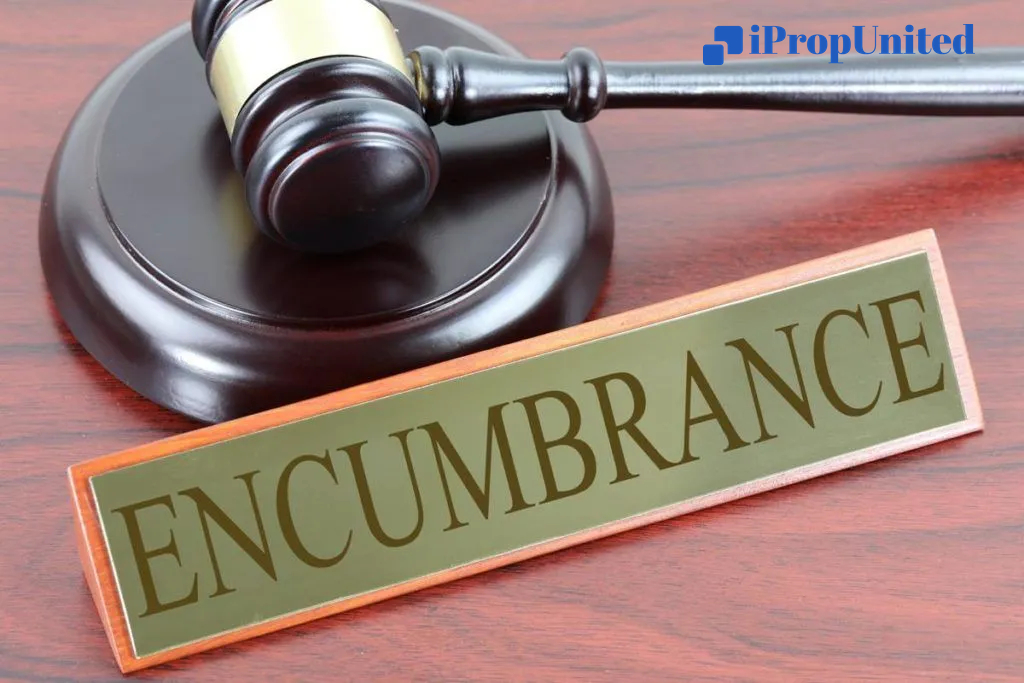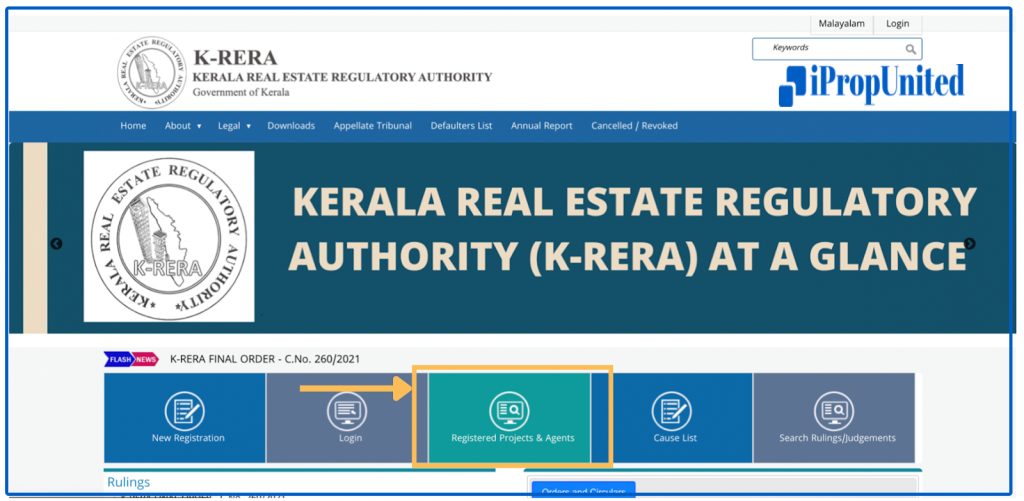
What is an Encumbrance?
A claim made against a piece of property by the party who isn’t the owner is called an encumbrance. An encumbrance may limit the property’s ability to be transferred and its free use until it is removed. Mortgages, easements, and property tax liens are the three most typical types of encumbrances that affect real estate. Easements are an example of a non-financial encumbrance. Not all types of encumbrances are financial. In addition to real property, personal property can also be subject to encumbrances.
The phrase is used in accounting to refer to funds that are restricted and set aside in an account for a specific liability.
POINTS TO NOTE
- An encumbrance is a claim made against real estate by a party other than the titleholder at the time.
- Certain claims have no impact on the property’s value. This is frequently seen in commercial cases.
- Leases, liens, easements, and mortgages are a few examples of common claims.
Understanding Encumbrance
Encumbrances include a variety of financial and non-financial claims made against real estate by parties other than the title holder. Some restrictions may prevent property owners from exercising full, unrestricted control over their assets. A creditor or the government may seize the property in some circumstances.
The marketability of a security may be impacted by certain encumbrances. For example, an easement or lien may render a title immovable. The buyer may be able to back out of the deal despite having signed a contract, and in some jurisdictions, even seek damages. This does not necessarily mean that the title cannot be bought and sold.
The marketability of a property is unaffected by other encumbrances like zoning rules and environmental regulations, but they do restrict the use of the land and prevent certain improvements.
For instance, to prevent issues later on in the sales process, the seller of a property in Hong Kong is legally required to disclose to the real estate agent any encumbrances against the property. The buyer will receive a land search document from the real estate agent that includes a list of any encumbrances.
Types of Encumbrances
Encumbrance has many different types when it comes to real estate, due to its many applications. Each type is intended to both protect parties and define precisely what each claim entails and is entitled to.
Easement
An easement is a right that one party has over another party’s property to use or improve specific areas of the property or to restrict the owner from using or improving the property in a particular manner. The first category is known as an affirmative easement. For instance, a utility company might be allowed to run a gas line through someone’s property, or a footpath might be allowed to pass through that property and be used by pedestrians.
An easement in gross benefits a person rather than a property owner, so Jennifer might be able to use her neighbor’s well, but that right would not transfer to someone who bought Jennifer’s property. For instance, a negative easement prevents the title holder from building a structure that would block a neighbor’s light.
Encroachment
Encroachment happens when someone who is not the owner of the property enters or tampers with it, such as by erecting a fence that crosses the lot line (which is trespassing) or planting a tree whose branches obstruct the view of another neighbor’s property (which is a nuisance). Since the owner of the encroaching improvement does not have title to the land it is built on, the encroachment encumbers both properties until the problem is resolved.
Lease
A lease is a contract that specifies the terms and price at which a portion of property will be rented out. It is a type of encumbrance because the lessor retains ownership of the property, but the lease agreement severely restricts how one may use the property.
Lien
A lien is a specific kind of security interest and an encumbrance that impairs the title to real estate. It gives the creditor authority to seize the property as security for an unjustified obligation, usually an unpaid debt. The lender can then sell the property to at least partially recoup their loan.
The government may place a tax lien on a property or other asset when an owner is behind on their taxes. Municipalities may sell tax liens to investors, who receive the right to collect the tax due plus interest from property owners in return for paying the tax bill.
If you ignore a federal tax lien, a tax levy might come as a result. A tax levy is the ultimate asset confiscation to cover unpaid taxes. Tax levy examples include garnishing your paycheck, seizing your property, and freezing your bank accounts.
Mortgage
As a type of security interest, a mortgage is one of the most prevalent. In essence, it is a lien placed against real estate. Until the mortgage is paid off, the lender, who is typically a bank, retains a title interest in the property. In the event that the borrower is unable to make mortgage payments, the lender may foreclose, seizing the home as collateral and evicting the occupants.
Restrictive Covenant
Restrictive covenants are clauses that a seller inserts into a buyer’s property deed to limit the buyer’s use of the property. For instance, there might be a clause stating that the buyer must leave the building’s original facade. Restriction covenants can be as specific and arbitrary as the parties are willing to agree to, as long as they do not violate the law.
Special Consideration: Use in Accounting
Specific assets are set aside in encumbrance accounting to cover expected liabilities. For instance, a business might set aside some cash to pay off its accounts payable. An encumbrance can create the impression that an account has more money available than is actually available for use. There is no way to spend or conduct any other transactions with the money that has been set aside. Therefore, encumbrance accounting ensures that a company does not go over its budget.
Follow and Connect with us: Twitter, Facebook, Linkedin, Instagram














